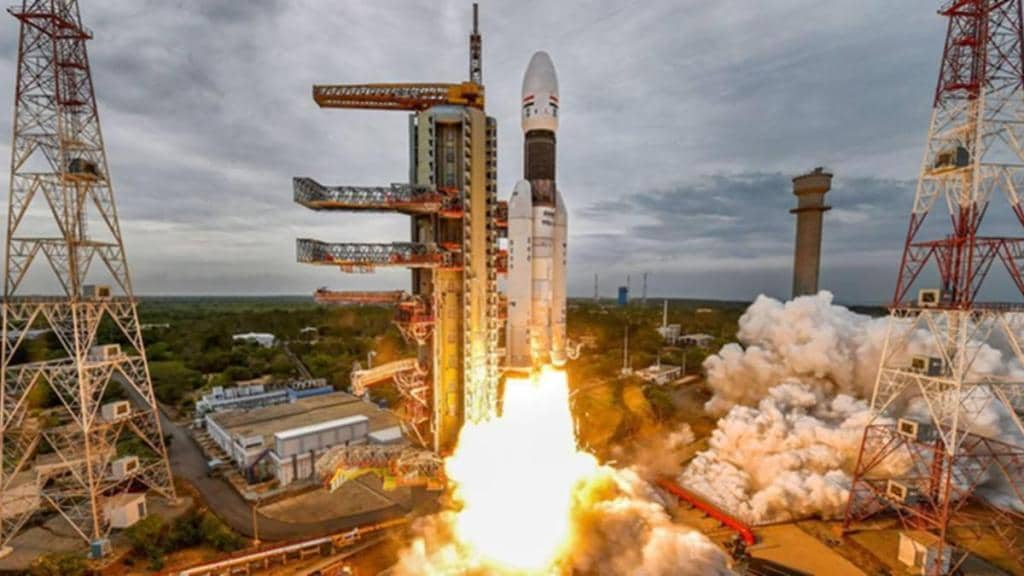The Indian Space Research Organisation (ISRO) unveiled a stunning collection of lunar photos captured through the lenses of cameras perched upon Chandrayaan-3’s Lander Module on Friday. These captivating images offered a glimpse into the Moon’s rugged terrain, showcasing craters ‘Fabry’, ‘Giordano Bruno’ and ‘Harkhebi J’.
ISRO, in its commitment to share the marvels of space exploration with the world, promptly released the images on X (formerly Twitter). The agency revealed that the Lander Position Detection Camera (LPDC) skillfully captured these visuals on August 15, while Lander Imager (LI) Camera-1 diligently snapped images on August 17, immediately after the module separation. The Lander Module, home to the Vikram lander and Pragyan rover, is poised for an imminent descent to a lunar orbit, with a soft landing scheduled on the Moon’s southern pole come August 23.
Intriguingly, as the Chandrayaan-3 mission continues to unfold, the question of cost arises.
How much has the Chandrayaan missions cost so far?
According to ISRO, this ambitious lunar venture has been constructed with a budget of approximately Rs 615 crore. Delving deeper, ISRO’s chairman K Sivan shared that the lander rover and propulsion module for this lunar odyssey account for about Rs 250 crore, while the launch service itself incurs around Rs 365 crore.
Comparatively, previous Chandrayaan missions also demonstrated ISRO’s knack for cost-effective space exploration. The inaugural Chandrayaan-1 mission, which took flight in October 2008, carried a price tag of Rs 386 crore. Subsequently, the Chandrayaan-2 mission, a multifaceted endeavour, encompassed an outlay of Rs 978 crore. This figure included Rs 603 crore for the orbiter, lander, rover, navigation, and ground support network, along with Rs 375 crore for the formidable Geostationary Satellite Launch Vehicle, the indigenous workhorse that propelled the spacecraft into space.
Latest update on Chandrayaan-3
The Vikram lander aboard Chandrayaan-3 executed a pivotal deboosting manoeuvre, following its seamless detachment from the propulsion module a day earlier. On Friday, the Indian Space Research Organisation (ISRO) took to X to officially declare the successful completion of the deboosting manoeuvre, which occurred approximately at 4 pm.
ISRO conveyed reassuring news regarding the health of the Lander Module (LM), stating, “The Lander Module (LM) is in normal health.” The LM underwent a successful deboosting operation, resulting in a reduction of its orbital parameters to 113 km x 157 km. As the mission marches forward, ISRO has marked August 20, 2023, around 0200 Hrs. IST, for the second deboosting operation, further enhancing the trajectory refinement of this ambitious lunar mission.


